Published 28 September 2015 ● Last Updated on 8 October 2020
As you start traveling through the tourist hotspots of South East Asia, at some point you’re bound to get that niggling suspicion, then a certainly, that the “handicrafts” you are buying are getting crafted by the hands in China. How is it that street stalls from Phuket to Bali sell the same ware as Chinatown in Singapore, you wonder? And when you see the same batik-print Sarong far out in Janpath, New Delhi, then you really become a cynic like me, frowning snootily down at tourism that has imprinted all T-shirts across the Asian sub-continent with the same elephant print. It’s either that or “My friend went to <fill in the blank> and all I got was this lousy T-shirt!”.
So when I went on my first trip to Siem Reap last month, to be honest, I was completely prepared to be bulldozed by Angkor Wat images on tees, beer cosies, magnets, keychains, bottle openers, and anything else that a tourist can possibly come in contact with. And I expected to find these with a made-in-China tag. So imagine my surprise when I wasn’t.
Instead, old things – retro, vintage, recycled finds – sprang up at me down aisles of every market, surprised me at hotel corners and awed me in the café decors. Sure, ancient Angkor temple images are easily available and all around and much celebrated … but they weren’t the only old things getting restored in town. From soda can tabs to rubber tyres, old glass bottles to plumbing works – innovative makeovers are to be found across boutiques and street stalls. And by the end of my 72 hours in Siem Reap, I had seen so many upcycled treasures that I thought I must share some of these on this blog. So if you are planning to visit Siem Reap, be sure to look for these quirky items to get back with your luggage and/or memories!
#1 The old Market is a bustling center of everything – from sausage stalls to fresh produce to spice packets [get your Amok fix here!] to yes, even those ubiquitous elephant-print cotton harem pants. And pretty much anything can be had for less than $10. Here, is where you should get your bags. Upcycled paper and plastic create wallets, iPad covers, notebooks, etc in eye-catching vintage colors. Quality can vary, so do check carefully for defects. Look out for the Angkor Recycled tag – I found these to be of better quality [or you can buy them at Shinta Mani’s Made in Cambodia market – but variety will be limited].
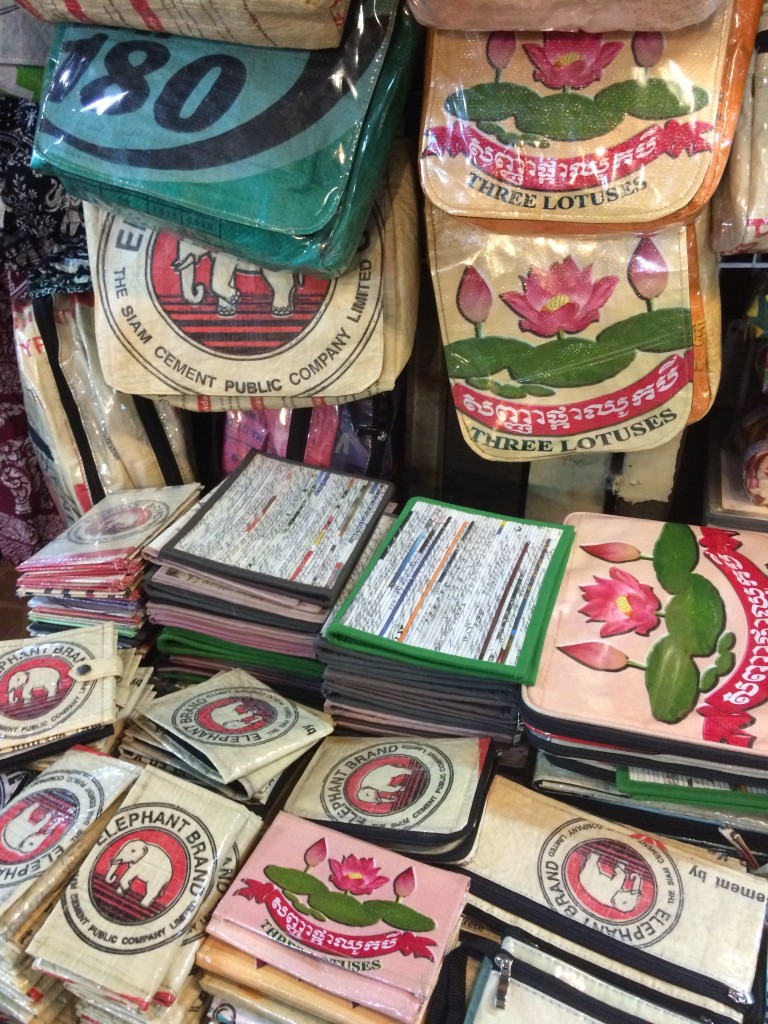
#2 Well Made in Cambodia Market brings together boutique Cambodian labels in street market thrice a week [open Saturdays, Sundyas and Tuesdays 4 – 9 pm]. The selection of shops is small but finely chosen – particularly recommended if you have a trailing spouse / kids unwilling to let you shop for a reasonable long while! Within 3o minutes I spied here fantastically designed belts, bags and rings from soda can tabs. There were bags sewn from recycled rubber tyres, and as mentioned before, the Angkor Recycled ware. Local alcohol was sold in beautifully hand-painted glass bottles. And before you ask, no, prices aren’t out of sync from other markets – expect to pay only a slight premium, if any!
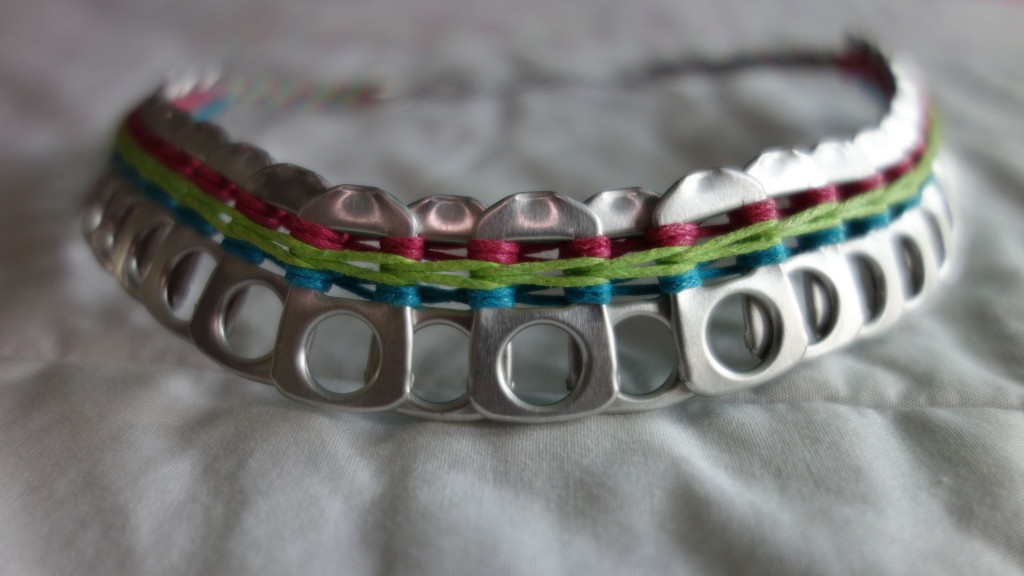
If you are looking to support local artisans, you can rest assured you are getting the real deal. In fact, most of the sellers here are engaged in community development work at some level, creating job opportunities and a skill-set for a nation struggling with poverty.
#3 Pokambar Avenue, by Siem Reap River, is an evocative street to walk by – what with its old stone benches and colonial bridges and lamps. But don’t judge the imposing buildings by their facades – I walked into a few and found they had reinvented themselves into completely modern styles. Some embraced the current wave of retro vintage, some even went punk with foil walls!
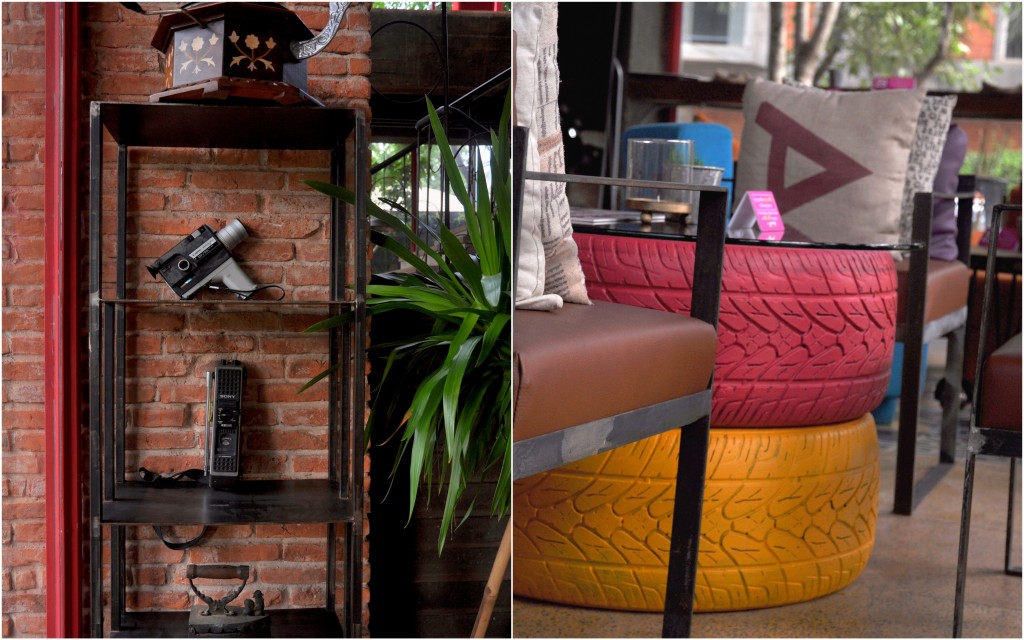
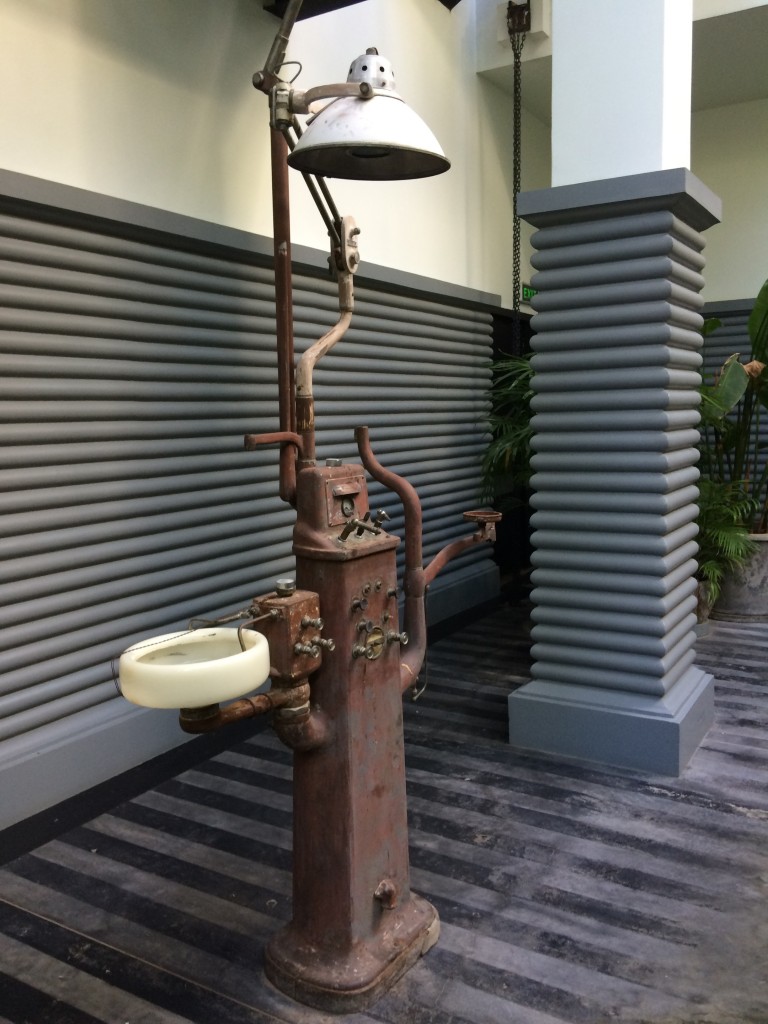
In hindsight, I should have known that Siem Reap would have surprises up its sleeves. The moment I exited the airport, quirky Ramoks (not tuk-tuks, insisted our driver, and he is right!) caught my eye with the quaint combinations that defined them: these old-school carriages strung behind modern motorcycles, with their wooden-pew-rails and (spotless) satin seat covers. And this pattern of combining old and new, with efficiency, runs through so many inventive things I saw.
My trip was short, and I am sure there was a lot more to see than I did. Do drop a comment below if you have more finds to share! I have no doubt I’ll head back to revisit these soon!

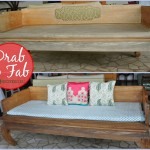

0 Comments